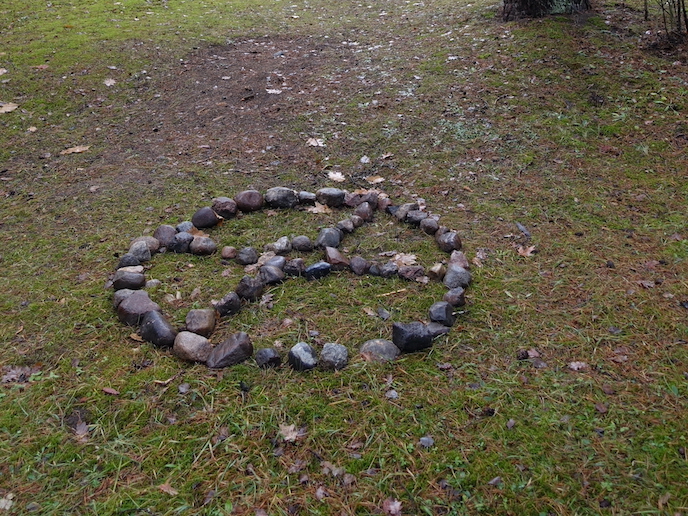Legacy of the Nazi genocide of Roma in Belarus and Lithuania
In the German-occupied Soviet Union, including Belarus and Lithuania, most Roma were not subjected to concentration camps but killed on the spot by Nazi soldiers or local police collaborators. In post-war Soviet Union, the victims of the Nazi genocide of Roma and Jews were categorised simply as ‘victims of fascism’, along with other non-combatants. National narratives of World War II have since developed: pro-Soviet heroism in Belarus and anti-Soviet resistance in Lithuania. Both omit the Roma. The Marie Skłodowska-Curie Actions programme(opens in new window) supported ROMPAST project traced the ways in which the social memory of the Roma developed in these countries. “Persistent prejudice against Roma, their low social status and lack of resources, act as entry barriers to national memory. For most people I met, commemoration has remained a luxury,” says researcher Volha Bartash from the Leibniz Institute for East and Southeast European Studies(opens in new window), the project host. Bartash found that while Lithuanian EU membership has prompted more public commemoration, in Belarus, Roma still tend to commemorate relatives lost to the genocide, within family and community circles. Project findings have so far been reported in four publications.
Overcoming a limiting legacy
The bodies of many Roma killed in the East ended up in unmarked mass graves in local woods and fields. During the Soviet era, documenting this genocide was not prioritised. The impacts of this omission are still felt today. “For instance, a Soviet legacy shared by both countries is the prerequisite for archival evidence before granting permission for new memorials, making it impossible for the Roma,” explains Bartash. Bartash’s field research highlights the importance of ‘memory agents’ – including scholars, local activists, NGOs and churches – who actively work to preserve ‘lost’ memories. Such a network supported the Lithuanian Roma community in their struggle for official recognition. Thanks to their efforts, the Lithuanian Parliament (Seimas) officially recognised the Nazi genocide of Roma, including the Roma Holocaust Remembrance Day (2 August) in the calendar of national observances in 2019. In Belarus, Bartash’s work explores the transformation of a ‘site of memory’ in Navasyady(opens in new window). Here, in 1942, a family of 42 Roma and a Jewish acquaintance were killed. Under the Soviet rule, the mass grave was marked with a memorial stone ‘to the victims of fascism’, but their ethnicity was omitted. It remained so until the 1990s, when a survivor erected a monument in memory of her family. Bartash’s article explores the family’s history and positive local responses to the transformation of the site.
The value of local initiatives
Bartash conducted interviews with Roma families and activists and visited five sites of memory during three field trips to Belarus and Lithuania. She also collaborated closely with Roma NGOs and benefited from input by scholars, museums, educators and policymakers. Roma are often seen as people from nowhere, without history. But, as archival sources show, Roma have lived in Belarus and Lithuania since the end of the 15th century, and so are a part of the history of both countries. Despite this, Romani history seldom finds its way into local museums and books of memory. “It is hard for the experiences of historically excluded people to persist in national memories, which is why local projects should be supported,” adds Bartash. “I consulted policymakers and public organisations, but I am most proud of contributing to small-scale initiatives, such as materials for school museum exhibitions and teachers.”







